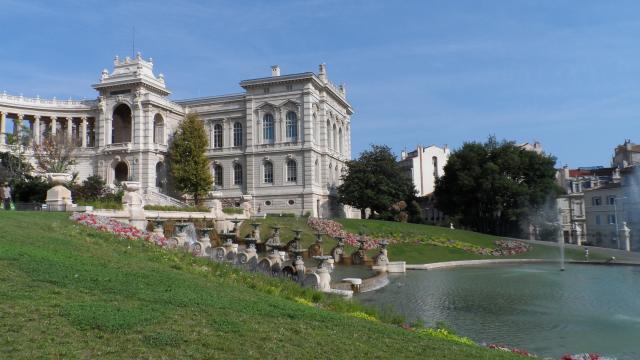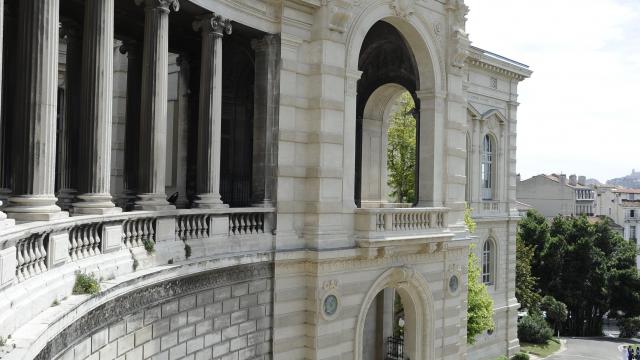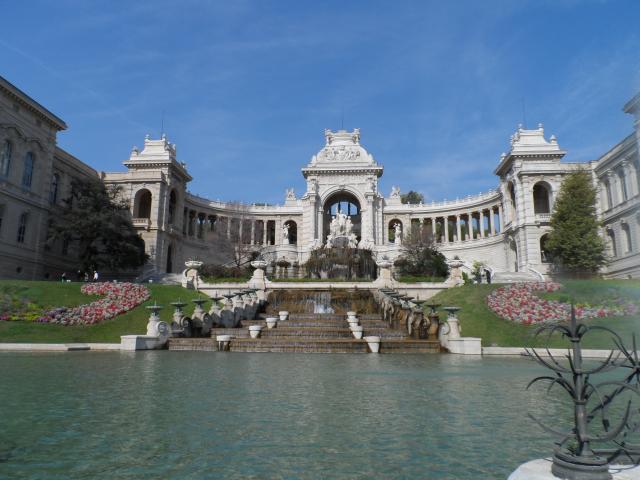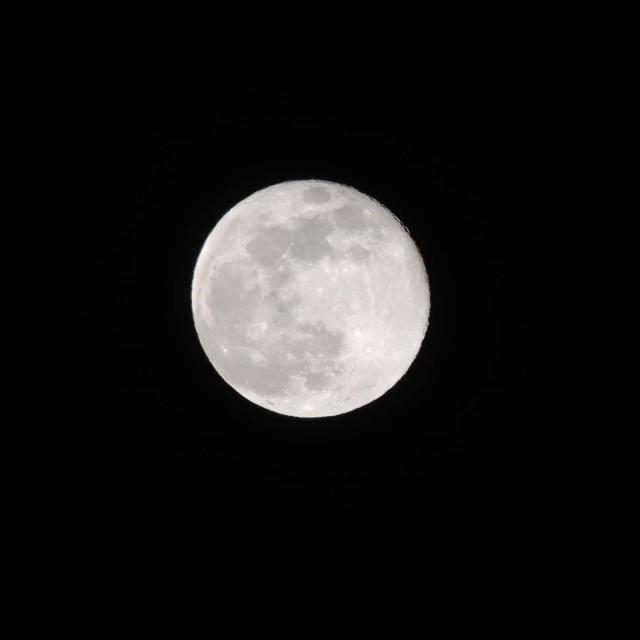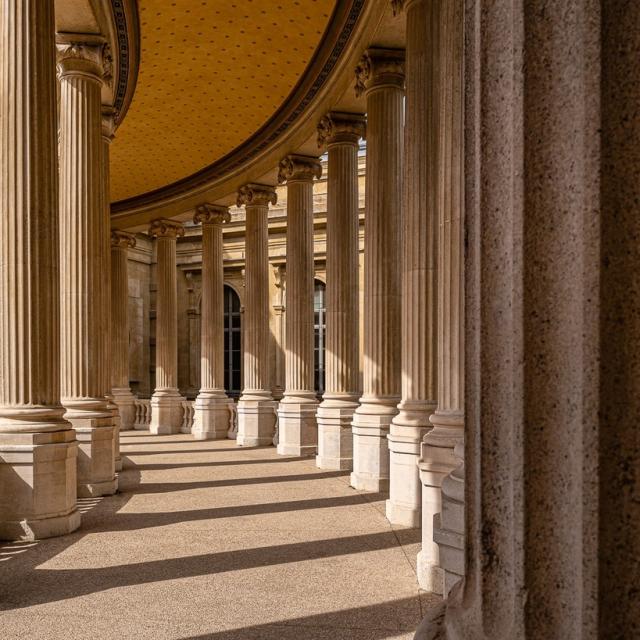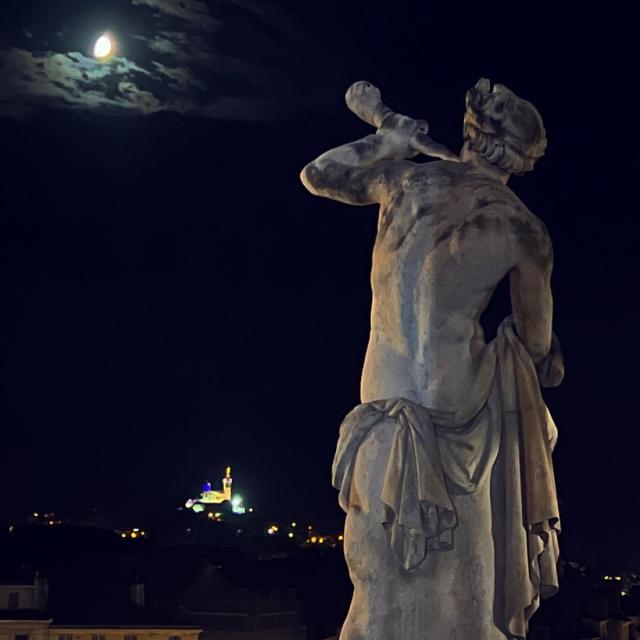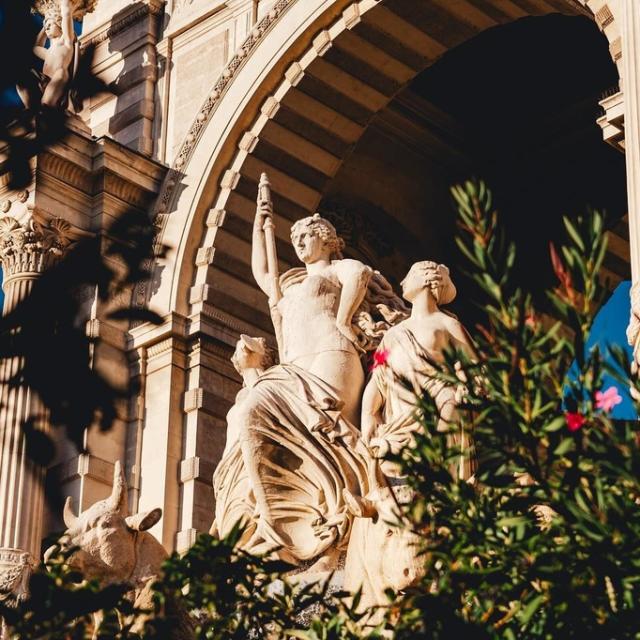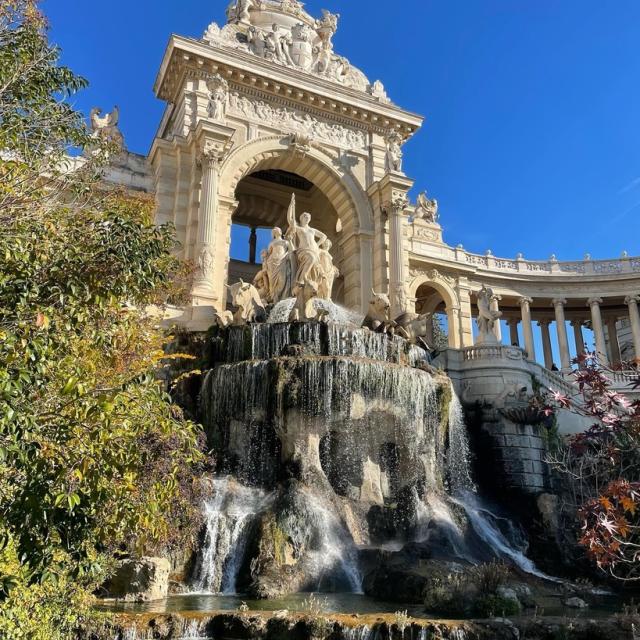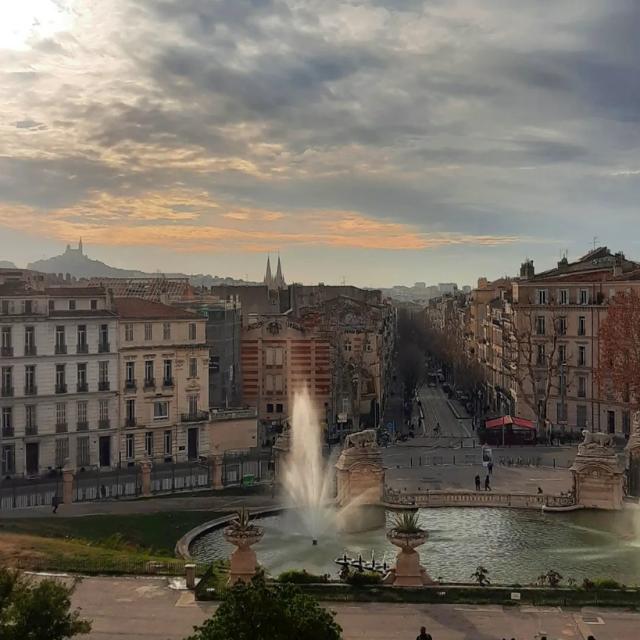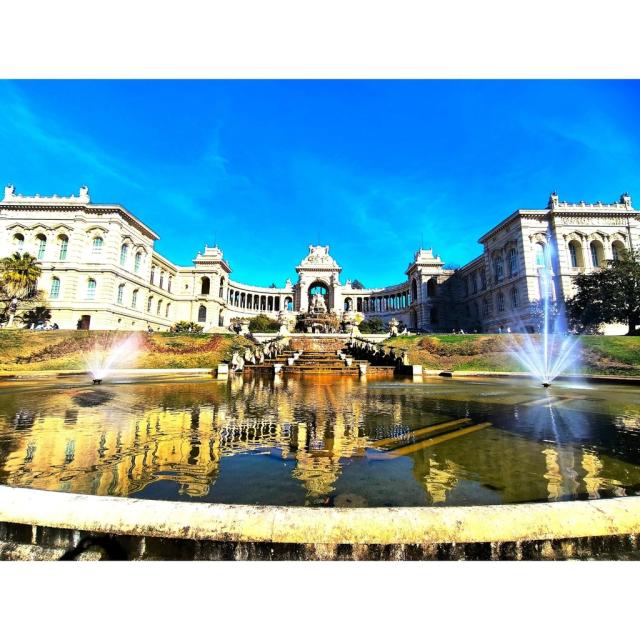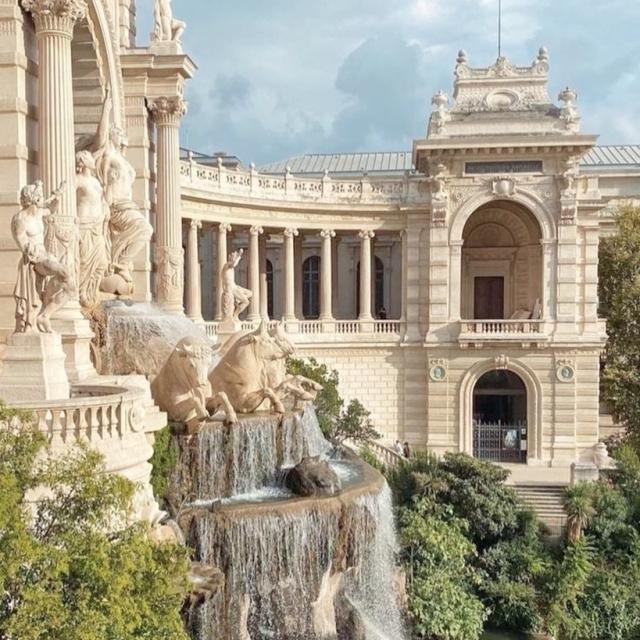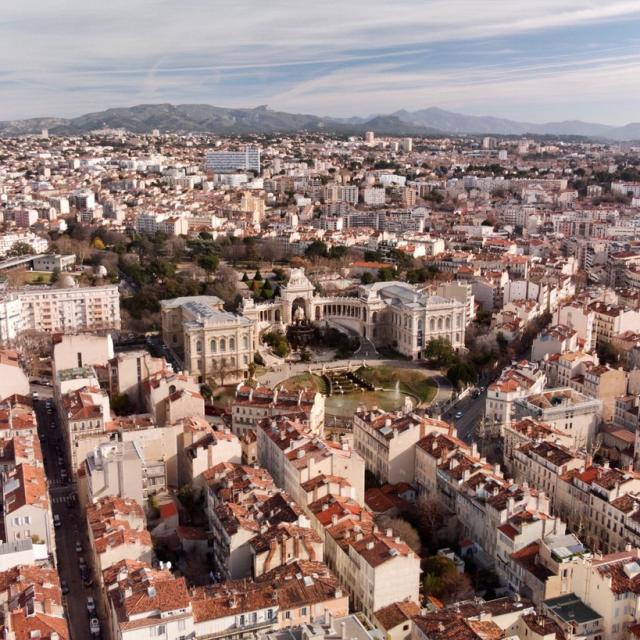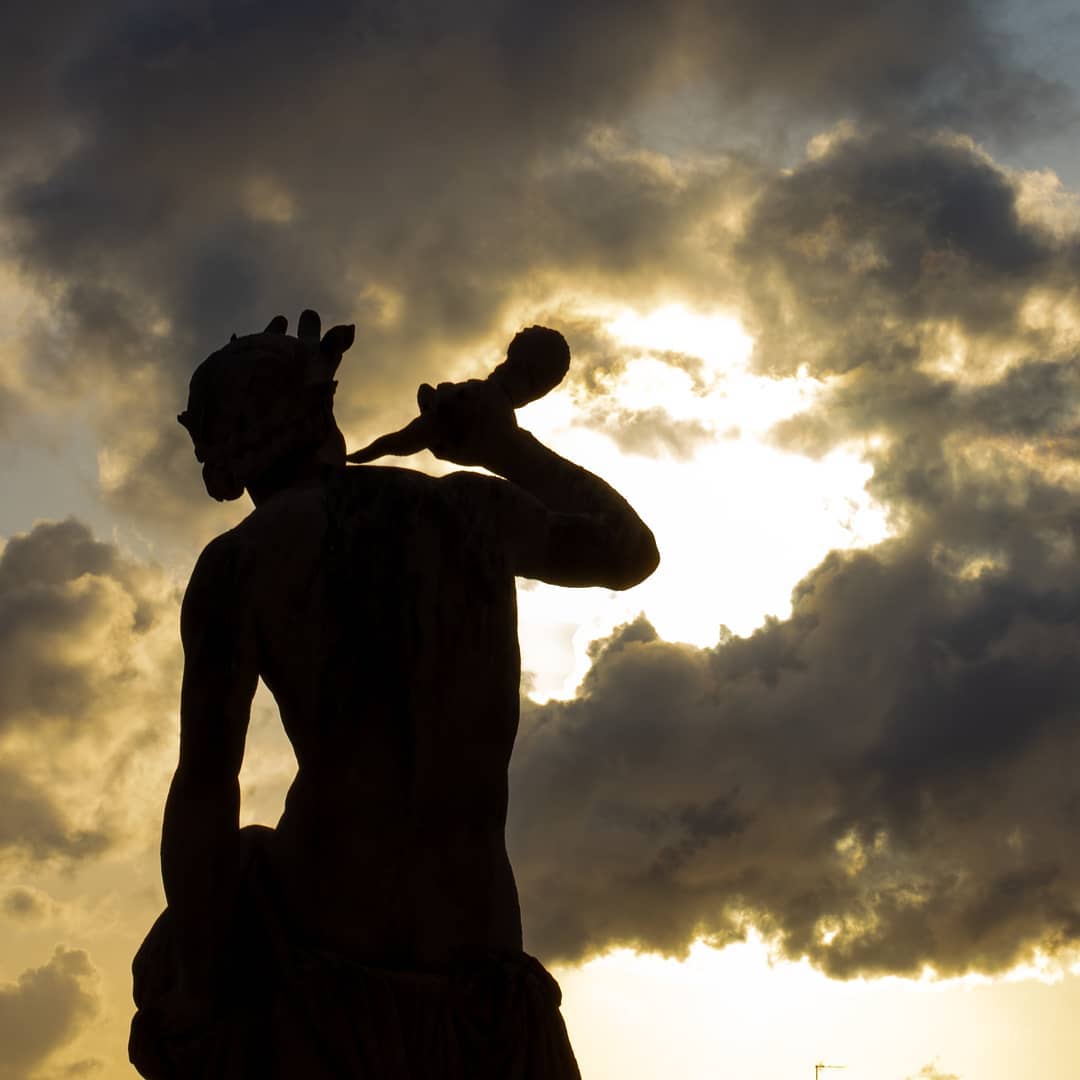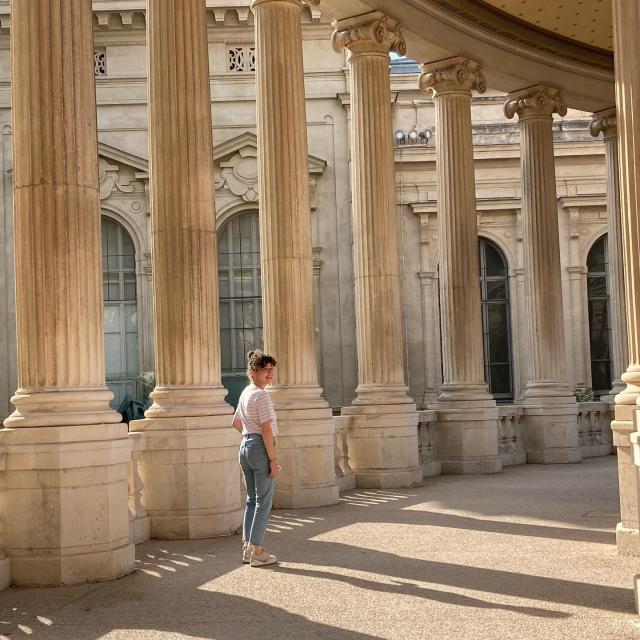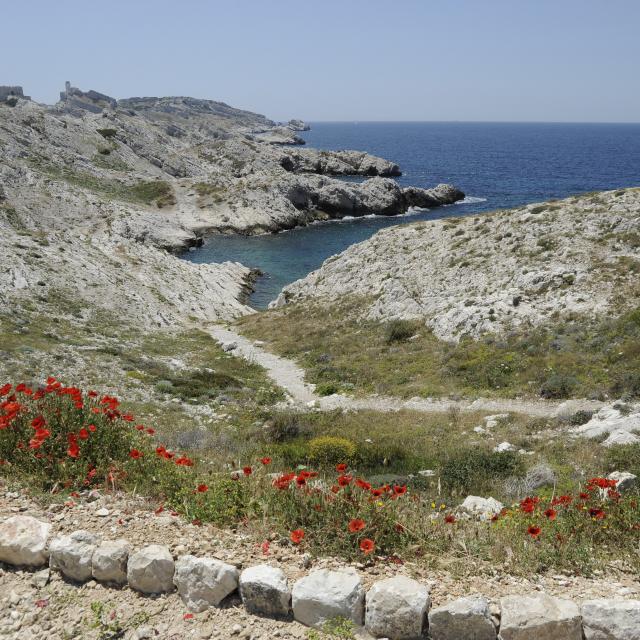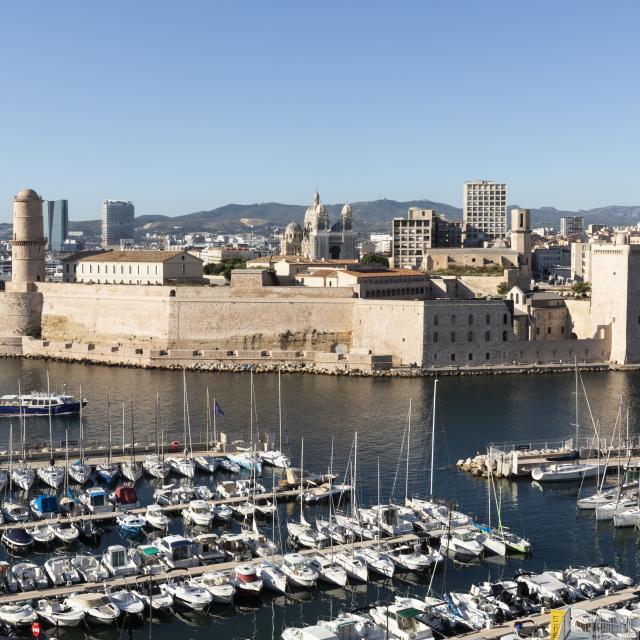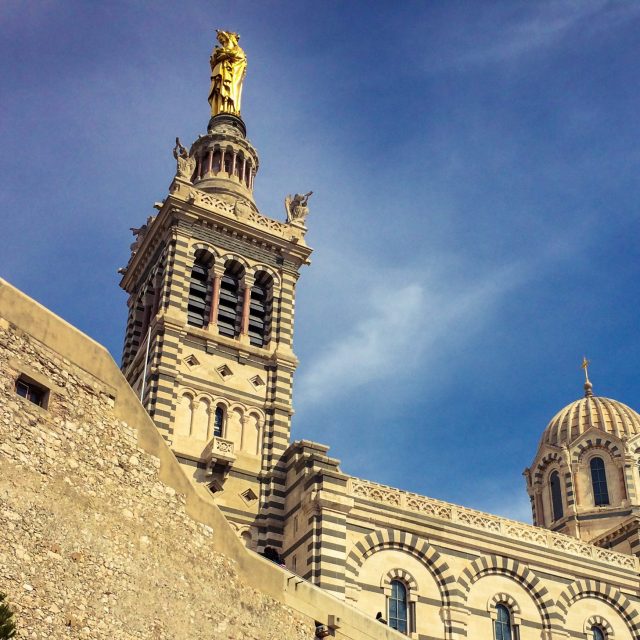A diverse place
Outstanding architecture
From each side of the water reservoir, an open colonnade leads to two museums which face a cascade on the city side, and a large garden on the park side. The site location was a central point for the European Capital of Culture title awarded to Marseille in 2013.
Once the monument was inaugurated in 1869, several sculptors were selected to decorate the ‘Palais Longchamp’ with their artwork. Lions and tigres’ sculptures from the animal sculptor Antoine Louis Bayre adorn the entrance, while a magnificent and imposing fountain at the center created by Jules Cavelier symbolises the arrival of the Durance river’s water.
The museums of the ‘Palais Longchamp’
On the left-wing, the Museum of Fine Arts displays 17th and 18th century paintings, drawings, and sculptures. Founded in 1801, it is the oldest museum in Marseille.
On the right-wing, the Natural History Museum gathers several collections of curiosity displays from the 18th century given by the city and the state. It was rewarded with the title of first-class museum in 1967 together with nine other major museums, thanks to its exhibitions.
The ‘Palais Longchamp’ is not only a must-see monument. Behind its majestic facade stands a park very popular with the people of Marseille. The garden used to host a zoo, the remains of which can still be seen today.
